
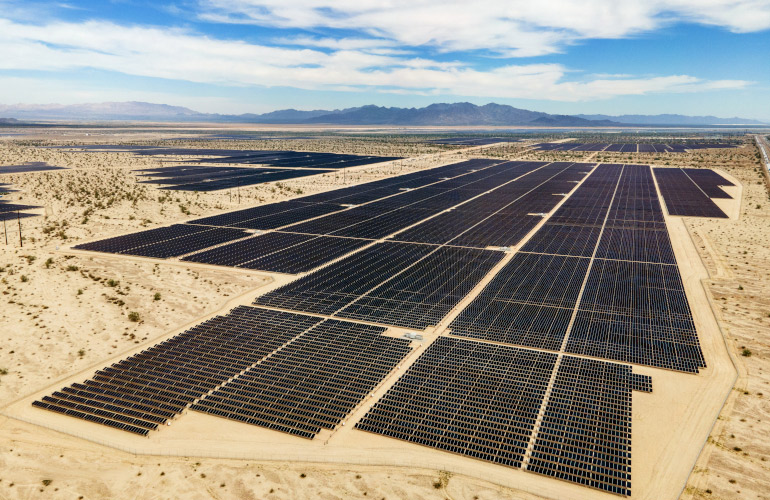
The California Energy Commission (CEC) has approved the implementation of a 1.1 gigawatt solar and 4.6 gigawatt hour energy storage project in Fresno County, making it the first approved project under the state's certification program. According to the authorization of Congressional Act 205, choosing to join the certification program provides a merged state licensing option for eligible clean energy projects, supporting California to achieve 100% zero carbon retail electricity sales by 2045 as required by Senate Bill 100. According to regulations, the environmental review of a project must be completed within 270 days from the date the project application is deemed completed, unless there are significant project changes that require more time for review. California Governor Gavin Newsom said, "California is building the clean energy we need at an unprecedented pace - currently the world's largest solar and battery project has been built. Last year, the new installed capacity of clean energy reached a historic high, and we are creating job opportunities, supporting local communities, and building a cleaner and more reliable power grid The Darden Clean Energy Project (DCEP) will be built on a 9500 acre piece of land in western Fresno County, which is no longer suitable for agricultural production. The project includes a 1150 MW solar power plant equipped with approximately 3.1 million solar panels and a battery energy storage system of up to 1150 MW (4600 megawatt hours), enough to power 850000 households for four hours. The project owner is IP Darden I LLC, a subsidiary of Intersect Power. Projects seeking approval through the "opt in certification" program must provide community and economic benefits. DCEP includes: Over the next decade, we will invest $2 million in the community, with the first batch donating $320000 to Centro La Familia Advocacy Services, a non-profit organization that supports crime victims, family health, and citizen engagement in rural communities. During the entire construction period (which will last from 18 months to 3 years), more than 2000 construction jobs calculated at current wages will be provided to support the local workforce. The project is expected to operate for 35 years and bring approximately $169 million in economic benefits to the local area. Today's clean energy projects should not only provide megawatts of electricity, but also create value for the communities in which they operate, "said Noem í Gallardo, a member of the California Energy Commission. This project embodies a community centered philosophy that not only advances California's energy goals, but also creates welfare for local workers and residents
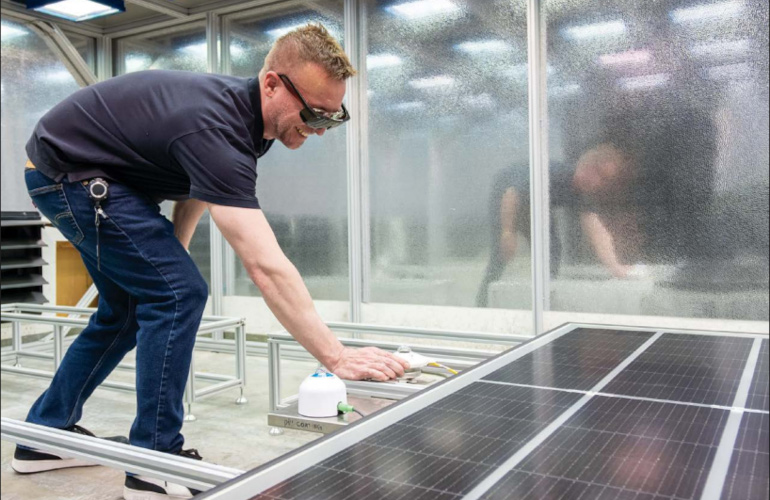
The Renewable Energy Testing Center (RETC), an independent engineering and certification testing laboratory located in California, has released the "2025 Photovoltaic Module Index Report," which tests the reliability, performance, and quality of solar panels. This year, RETC commended 21 component manufacturers for their outstanding achievements in 14 testing stages. In addition, RETC has identified 12 manufacturers that meet its "highest achievement" recognition criteria. These 12 manufacturers are: Chint Solar DASolar、 Dongci Energy, JA Solar, Jinko Solar, Longi Corporation, Runneng Energy SolarSpace、 Tianhe Solar, VSUN, Waaree, and Yingli Solar. To be awarded the title of 'Overall Highest Achiever', manufacturers must successfully complete RETC's rigorous Thresher testing program and achieve excellent results in multiple reliability and performance tests. Manufacturers must also demonstrate a commitment to quality control and assurance, allowing independent third parties to randomly select photovoltaic modules from inventory for Thresher testing. RETC has reserved the 'Overall Highest Achievement Award' for Bill of Materials (BOM) manufacturers who excel in three interrelated and equally important areas: module reliability, performance, and quality. The RETC award is one level lower than this highest honor and aims to recognize product manufacturers who have performed outstandingly in multiple testing sequences in a specific field, awarding them the "Reliability Excellence Achievement Award" or "Performance Excellence Achievement Award". The 2025 report found an increase in issues related to humidity, thermal cycling, PID, and metastability. RETC also discovered structural issues, such as component frames and glass malfunctioning during mechanical loading. Cherif Kedir, CEO of RETC, said, "Although some of the recent funding test results are concerning, these issues have also been successfully eradicated by the technical due diligence community in the past or can be resolved by improving testing standards. As long as we observe carefully, we can solve these problems
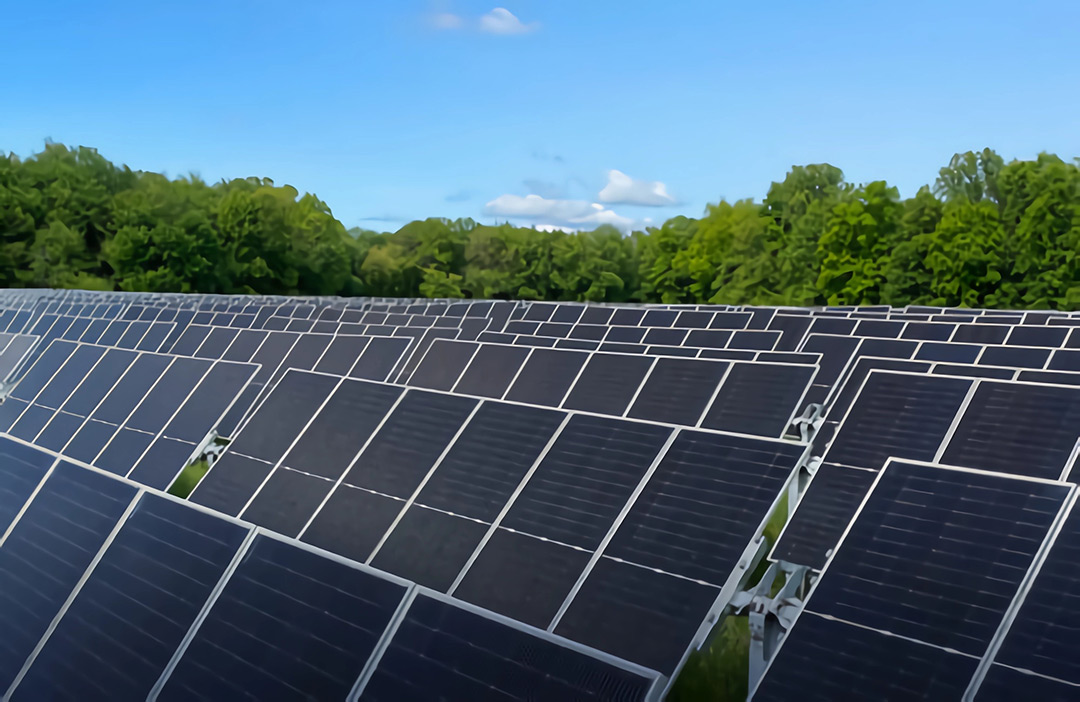
Greenskies Clean Focus has completed a 2.32 MW ground mounted solar project in Orange, Connecticut. The energy generated by this project will benefit Connecticut State College and University (CSCU), which is expected to save approximately $6 million in energy costs over a 20-year operational period. Orange's solar array utilizes Connecticut's Virtual Net Measurement (VNM) program, which allows remote sites to offset their energy consumption at other locations. The VNM contract enables Orange's solar arrays to provide services to two CSCU campuses in New Haven - Gatwick Community College and Southern Connecticut State University. CSCU President Terrence Cheng said, "CSCU is delighted to continue working with Greenskies and explore further ways to reduce electricity costs for its two campuses. CSCU is committed to exploring ways to utilize clean and sustainable energy through such public-private partnerships, and reducing the operating costs of the entire system. ” In addition to economic benefits, the system will also generate over 3 million kilowatt hours of clean renewable energy annually. Ryan Linares, Vice President of Real Estate at Greenskies, stated, "This project represents another step in Connecticut's transition to a clean energy future. By utilizing solutions such as virtual net metering, we are helping institutions like CSCU reduce energy costs and carbon emissions while supporting the state's renewable energy goals. We are very grateful for CSCU's continued cooperation, and have successfully deployed over 14.5 megawatts of distributed solar projects, demonstrating the power of cooperation in promoting sustainable energy solutions
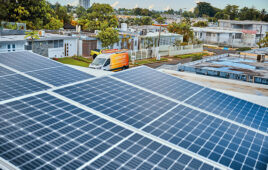
Residential solar and energy storage supplier Sunnova has filed for bankruptcy protection in Texas (Chapter 11), with estimated assets and liabilities ranging from $10 billion to $50 billion. One of the many subsidiaries under the company filed for bankruptcy last week, and its parent company was also included in the list of bankruptcy applicants this weekend. Sunnova owes millions of dollars to multiple banks and financial institutions, but many local solar installation companies are also listed as unsecured creditors. Sunnova provides solar energy services to customers through local installation companies and third-party ownership (TPO) contracts, while homeowners lease solar projects from Sunnova. According to the bankruptcy filing, the company owes up to $75 million to some solar installers. Sunnova also revealed in a filing with the US Securities and Exchange Commission that it laid off 718 employees (approximately 55% of its total workforce) on May 30th. The TPO market has recently suffered setbacks, with SunPower, a residential solar energy supplier, filing for bankruptcy last summer, and financing provider Mosaic also filing for bankruptcy this week. If the budget bill currently under review by Congress is passed, it will prohibit solar leasing companies from enjoying the Investment Tax Credit (ITC). Without ITC, many solar companies operating in the TPO field will face greater disadvantages.
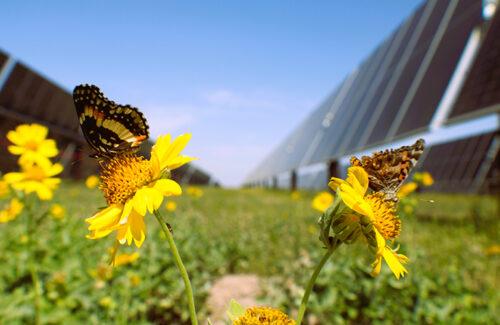
Enbridge, a natural gas pipeline company, held a ribbon cutting ceremony to mark the completion of its first solar facility in Lone Star State - the 130 MW Orange Grove solar project. Telecom giant AT&T has signed a long-term virtual power purchase agreement for the project's output. The project consists of 300000 solar panels and covers an area of 920 acres. Matthew Ackerman, Executive Vice President of Strategy and President of Power Business at Enbridge, stated, "We are pleased to deliver more zero emission electricity to the grid to support local and even the entire state of Texas' economic growth and energy demand. Enbridge is honored to operate a range of critical energy infrastructure in the Gulf Coast region, including liquid pipelines and export facilities, natural gas pipelines and storage facilities, as well as wind and now solar energy. ” In addition to Orange Grove, Enbridge is also building a second solar power plant in southeastern Abilene, Callaghan County, Texas, which is more than six times the size of Sequoia Solar. This 815 MW Sequoia Solar project is expected to become one of the largest solar projects in North America. These facilities were built to meet the growing electricity demand in the ERCOT market. Without everyone's support, the Orange Garden solar project would not have been possible, "said Maja Nisbet, Enbridge Power Project Manager. At Enbridge, we are proud to see the project reach this incredible milestone and begin supplying power to the Texas grid, but what this celebration truly concerns is the community behind the project. From the residents of Orange Garden and nearby landowners, to our dedicated project team, as well as local, state, and federal government officials who have supported us all the way, this is the result of our joint efforts. Thank you for becoming such a powerful partner. ” The Orange Grove solar project located in Jim Wells County, Texas.
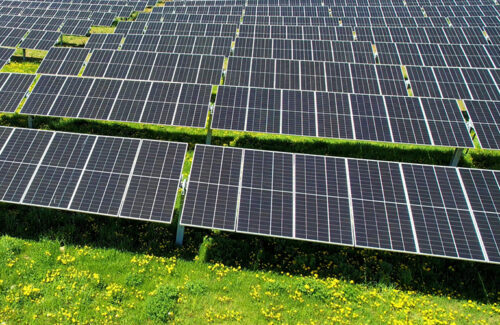
This week, as the Senate deliberates on the House settlement bill, the solar industry is seeking any clues to indicate that the significant cuts proposed in the Inflation Reduction Act (IRA) may be eased in the final version. On June 4th, Utah Senator John Curtis published a column in the Texas News seeking a "surgical knife and hammer" settlement, particularly regarding IRA incentives. Senator Curtis stated that while he agrees that certain parts of the IRA should be reduced, other parts still support strategic energy assets and a strong domestic economy. To achieve President Trump's goals, we must include all energy sources in the solution. If we cut off any of these energy sources too early - or cut off energy supplies without reasonable and responsible measures - we not only face the risk of failing to achieve our energy goals, but also endanger our economy and national security, "Senator Curtis wrote. SEIA's analysis of states found that the current version of the budget bill could lead to the closure or cancellation of 331 factories and erase $286 billion in local investments in American communities. SEIA will organize "Save Main Street Solar Action Day" for residential solar installers in Washington D.C. on Tuesday, June 17th.
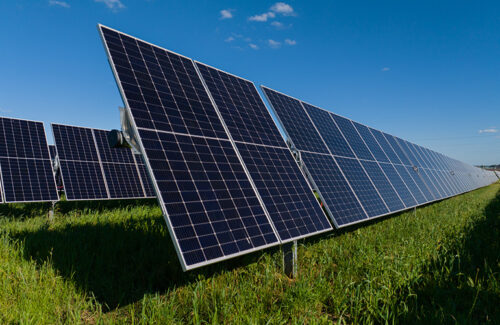
Invenergy announced on June 4th that the 250 MW Hardin III solar center has been put into operation recently. This energy center is Invenergy's third solar facility built in Hardin County, Ohio. WEC Energy Group is the major shareholder of Hardin III, and Microsoft will purchase the electricity and renewable energy credits (REC) generated by the facility through PPA. Michael Kaplan, Senior Vice President of Development at Invenergy, stated, "The Hardin III Solar project is the culmination of our decade long collaboration with Hardin County and local communities. We are honored to work together with dedicated partners to bring meaningful local investment to Ohio and support its local energy development. ” The Hardin III solar power plant is expected to bring $180 million in new investment to Hardin County, to fund public schools, emergency services, and local infrastructure construction. During the construction period, the Hardin III solar power plant created over 350 job opportunities. According to a long-term operating agreement, Invenergy Services will provide operation, maintenance, and factory services for the power plant and will employ four long-term operation and maintenance personnel. Hardin III is powered by solar panels manufactured in the United States, which are produced by Illuminate USA. Illuminate USA is an advanced solar panel manufacturing company controlled by Invenergy.
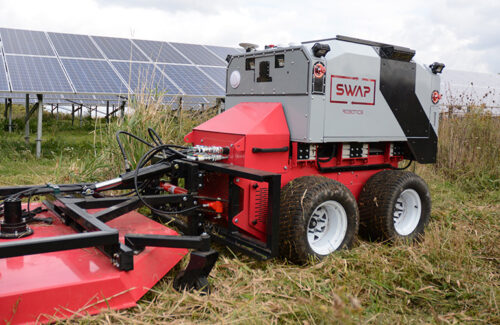
Silicon Ranch announced a $3 million investment in Swap Robotics, a pioneer in utility scale solar robot operations. As part of the investment, Reagan Farr, co-founder and CEO of Silicon Valley Ranch, will join the board of directors of Swap Robotics. Silicon Valley Ranch is committed to land management practices to restore and protect the land beneath and around its array. Through its wholly-owned agricultural conglomerate Regenerative Energy, Silicon Valley Ranch combines regenerative ranching with other land management practices to restore soil health, promote biodiversity, and improve the water quality of its sites. Swap Robotics' 100% electric autonomous robots perfectly match the high standards of land management, innovation, and environmental management in Silicon Valley ranches. As part of Silicon Valley Ranch's commitment to asset ownership and economic development, we own our own land rather than leasing it, and therefore, we take on the responsibility of land managers through Agribusiness Renewable Energy, "said CEO Reagan Farr. In the past few years, our team has explored various solutions to supplement the management of livestock grazing activities for our shepherds and company owned flocks. After successfully testing Swap Robotics technology, we have determined that Swap Robotics' mission, operational model, and strong leadership team are highly aligned with our vision of innovating and expanding a fully integrated agricultural photovoltaic project, which can be deployed in our nationwide agricultural machinery fleet. We are pleased to make this strategic investment in Swap Robotics to help expand its business and benefit the entire industry. ” The investment in Silicon Ranch is one of the significant investments previously made by Swap Robotics, including a $7 million financing led by SOLV Energy in February 2023 and a $3 million investment in Array Technologies in November 2024. This additional investment in Silicon Ranch will help drive the momentum of Swap's development as the company seeks to further expand into the North American solar field, having deployed dozens of robots to maintain thousands of acres of solar sites. Swap Robotics founder and CEO Tim Lichti said, "Since our establishment in 2019, we have aspired to become pioneers in the field of solar robot platforms. This latest investment confirms our leading position in this field and enables us to continue innovating and expanding in this rapidly developing industry in North America that is still in its infancy.
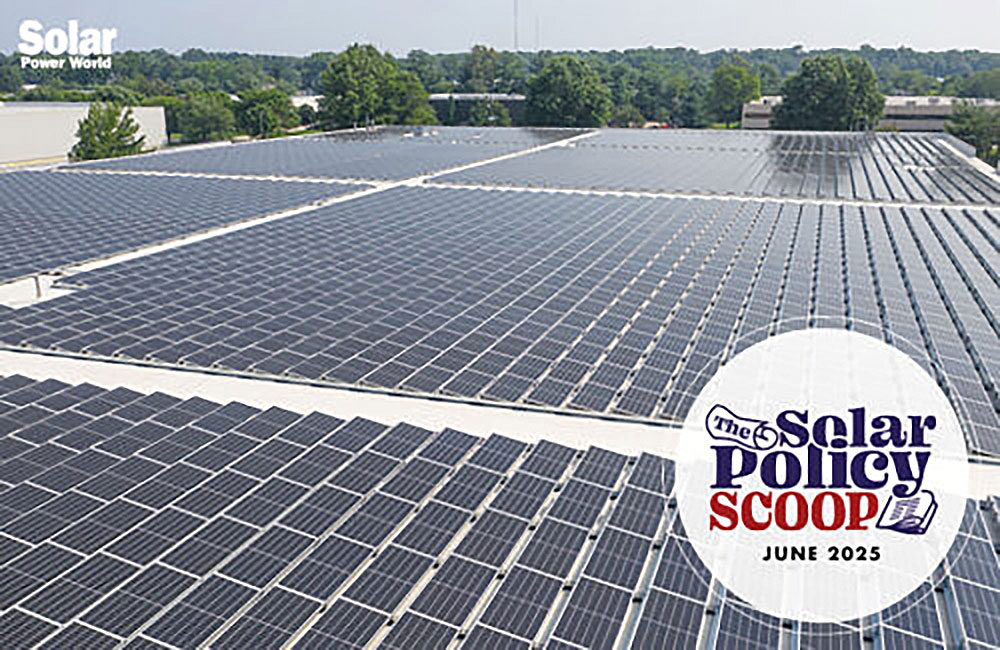
The California Net Measurement Act has been passed in the state legislature Sacramento, California A committee of the California Legislature has passed a bill that may reduce net measurement compensation for property transfers. According to AB 942, if a solar powered residential building is sold, the existing net metering agreement will be updated to the current NEM 3.0 electricity price, which will significantly change the compensation for solar energy feedback to the grid. South Carolina energy law expands solar+energy storage opportunities, but supports new natural gas plants Columbia, South Carolina South Carolina Governor Henry McMaster signed the South Carolina Energy Security Act (HB 3309), which has sparked different reactions from renewable energy advocates. Although the bill allows utility companies to develop new large-scale fossil fuel power plants, it also empowers them to develop new client distributed energy resource projects and expand opportunities for solar+energy storage, load flexibility, and electric vehicle development. The Governor of Virginia signs a bill to launch the VPP program, vetoing other bills focused on energy storage in Richmond, Virginia In early May, Virginia Governor Glenn Young signed a bill that could promote the development of virtual power plants. The Community Energy Act instructs Dominion Energy to launch a 450 megawatt virtual power plant pilot project, allowing households and businesses to integrate solar panels, batteries, and other equipment into a flexible grid resource. Yang Jin vetoed two other bills that required Virginia utility companies to invest in energy storage. A new bill in Massachusetts may reduce non residential solar net metering Boston, Massachusetts The impact of a bill proposed by Massachusetts Governor Mora Healy on renewable energy is mixed. The bill allows the state to sign new clean energy procurement contracts without going through utility companies, but it will also reduce net metering compensation for non residential solar projects, including community solar. New Jersey utility update will simplify DER interconnection Trenton, New Jersey The New Jersey Public Utilities Commission recently approved an update to the modernization rules for the power grid, aimed at reducing delays in the interconnection process and accelerating the progress of project launches. The change in rules will make it easier for more distributed energy sources to connect to New Jersey's distribution network. The House of Representatives has passed a more stringent budget bill for the solar energy industry Washington DC The House of Representatives passed a budget bill at the end of May and made last-minute revisions, which would eliminate the Residential Solar Investment Tax Credit (ITC) (25D), phase out periods for the Investment Tax Credit (ITC) (48E) and the Power Generation Tax Credit (PTC) (45Y), and so on. The Senate will end its two-week recess on June 2nd and will review the bill. Imposing high ...
Categories
New Products
Tin Roof Rapid Solar Mounting System with Hanger Bolt Read More
Residential Small Solar Easy Bracket Kit for Home Balcony Read More
Automatic Single Pile Solar Tracker with 10 PV Panels Read More
Angle Adjustable Aluminum Easy Solar Panel Bracket for Garden Read More
Intelligent Single Post Dual Row Solar Tracking System Read More
5000ES Solar Off-Grid Energy Storage Inverter Supplier Read More
Multi Drive Double-Sided Single Axis Tracker System Read More
© Copyright: 2026 Xiamen Wintop New Energy Tech Co., Ltd.. All Rights Reserved.

IPv6 network supported
Friendly Links:
Integrated Solar System